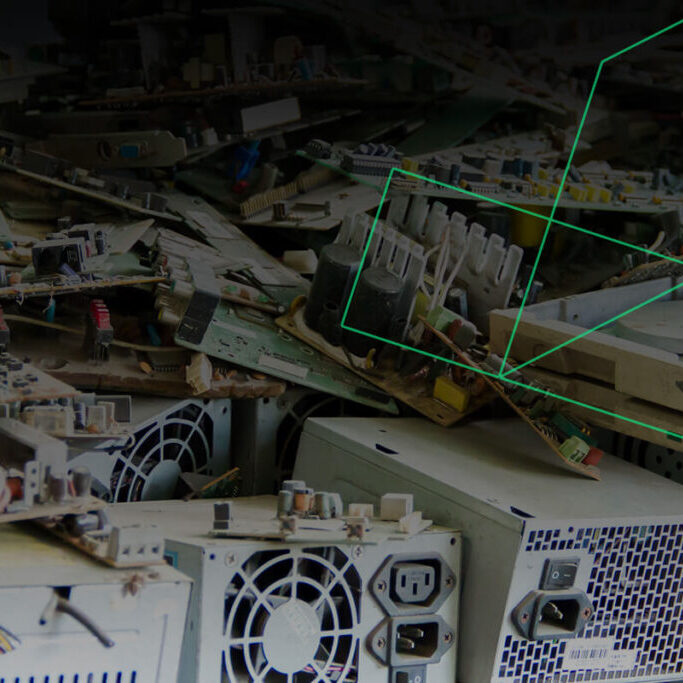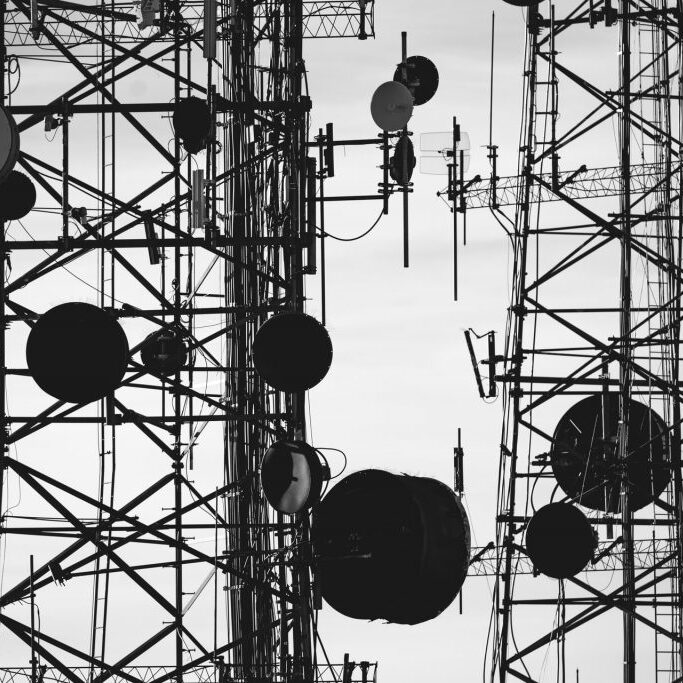Although most of the world’s surface is covered by water, people still pay a high price for it. Even those who have the luxury of clean, running tap water seem to endure higher prices annually. That’s because the average price per gallon of water has indeed risen consistently for years. Why is that, and what needs to be done about it?
How Much Does the Average Person Pay for Water?
According to the U.S. Bureau of Labor Statistics and an annual study from Bluefield Research, the cost of water is rising more quickly than inflation has. It’s also increasing faster than the prices of other essential commodities like gasoline and food products.
In 2019, U.S. households paid an average of $104 per month for water and wastewater services. That amounts to a 30% increase in less than 10 years. For a preview of how things will play out throughout 2020, we can look at changes between 2018 and 2019 in the price per gallon of water in major cities across the U.S.
Is the Average Price Per Gallon of Water Affordable?
The cost of water in 2020 is going to follow the same pattern as the last decade. Namely, it’s going to get more expensive. Currently, one in 10 American households struggles to pay their water bills. If projections from researchers at the University of Michigan pan out, this figure will rise to 30% of U.S. households by 2022. It’s difficult not to qualify the situation as a crisis.
Philadelphia and some other cities have implemented income-based water bills to help struggling families lower their cost of living. However, these are stopgap measures.
Research from the World Resources Institute shows that humanity could solve its water crisis for the foreseeable future by allocating just 1% of global GDP to get it done. The question isn’t whether it’s affordable — the question is why the tiny minority with the means and reach to intervene choose not to.
The Areas Seeing the Biggest Change in Cost
In their most recent survey, Bluefield Research singled out 50 of the largest American cities for closer study. They found U.S. households have an average water bill of $43.02, and the average wastewater bill is $60.87. Together, these add up to the new total average of $104 per home per billing period.
Here are some of the most notable results from the 2019 study:
- Baltimore: +$26.50
- Portland, Maine: +$13.88
- San Francisco: +$12.83
- Portland, Oregon: +$11.15
- Seattle: +$10.75
- Riverside: -$21.96
- Philadelphia: -$2.10
- Louisville: -$1.91
- Dallas: -$1.49
- Indianapolis: -$0.12
Very few of these major metro areas saw their prices decrease over the same period. Of the 50 cities mentioned in the survey, only five showed falling prices.
Why Is the Price Per Gallon of Water Rising?
The United Nations recognizes water access as a global crisis that has yet to be addressed in any meaningful way. In American, there are a few reasons why households are saddled with a higher price per gallon of water every year. One is decades of underinvestment in water, wastewater and stormwater infrastructure.
America is host to around 1 million miles of water pipes spanning the country. The typical lifespan is 75 to 100 years, according to the American Society of Civil Engineers (ASCE). Despite that, a considerable portion of this vast delivery network dates back to the early and middle 20th century.
In its annual Infrastructure Report Card, the ASCE awarded the United States a grade of “D” for the overall quality of its water and wastewater infrastructure.
The continuous degradation of our infrastructure is a direct consequence of a regressive tax system and faltering revenues. Bringing America’s water, transportation and energy systems up to modern standards and hardening them against climate change would be less costly to the nation than any one of the recent tax-breaks-for-the-wealthy passed into law by the federal government.
Are There Any Other Reasons Prices Are Going Up?
Climate change is the second significant reason why America’s water infrastructure becomes more expensive to maintain over time. As average temperatures rise worldwide, more water leaves the Earth’s surface, leading to depleted groundwater sources and ever-worsening droughts.
Moreover, when storms do occur, they’re more intense than they would have been without climate change and bring vastly more water back to earth over a very short period. This leads to greater stresses on and damage to stormwater management and water treatment systems, along with higher costs to maintain and fix city infrastructure.
Building green spaces in major cities would help keep some of this rainfall out of the stormwater system. Still, even these investments are likely to be insufficient as climate change drags on without a substantial and organized action plan for the country.
Brace for Water Shortages and Affordability Problems
Until the United States’ tax system becomes progressive rather than regressive and cities reclaim the funds they need for substantial infrastructure projects, the problem will only get more expensive to fix over time. It will continue to cause unnecessary hardship for some of society’s most vulnerable people.
Recent Stories
Follow Us On
Get the latest tech stories and news in seconds!
Sign up for our newsletter below to receive updates about technology trends














